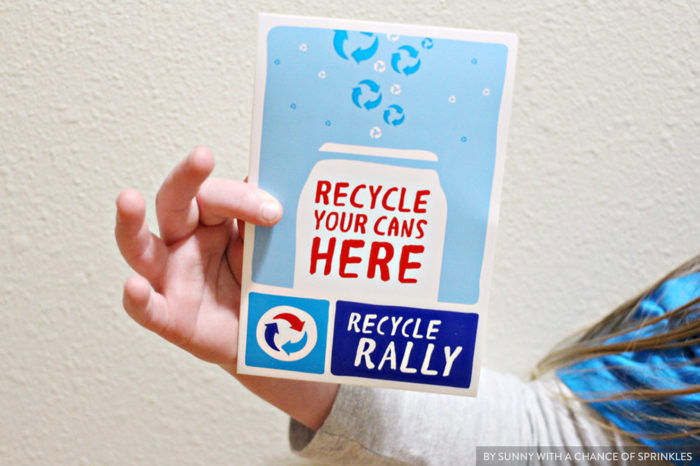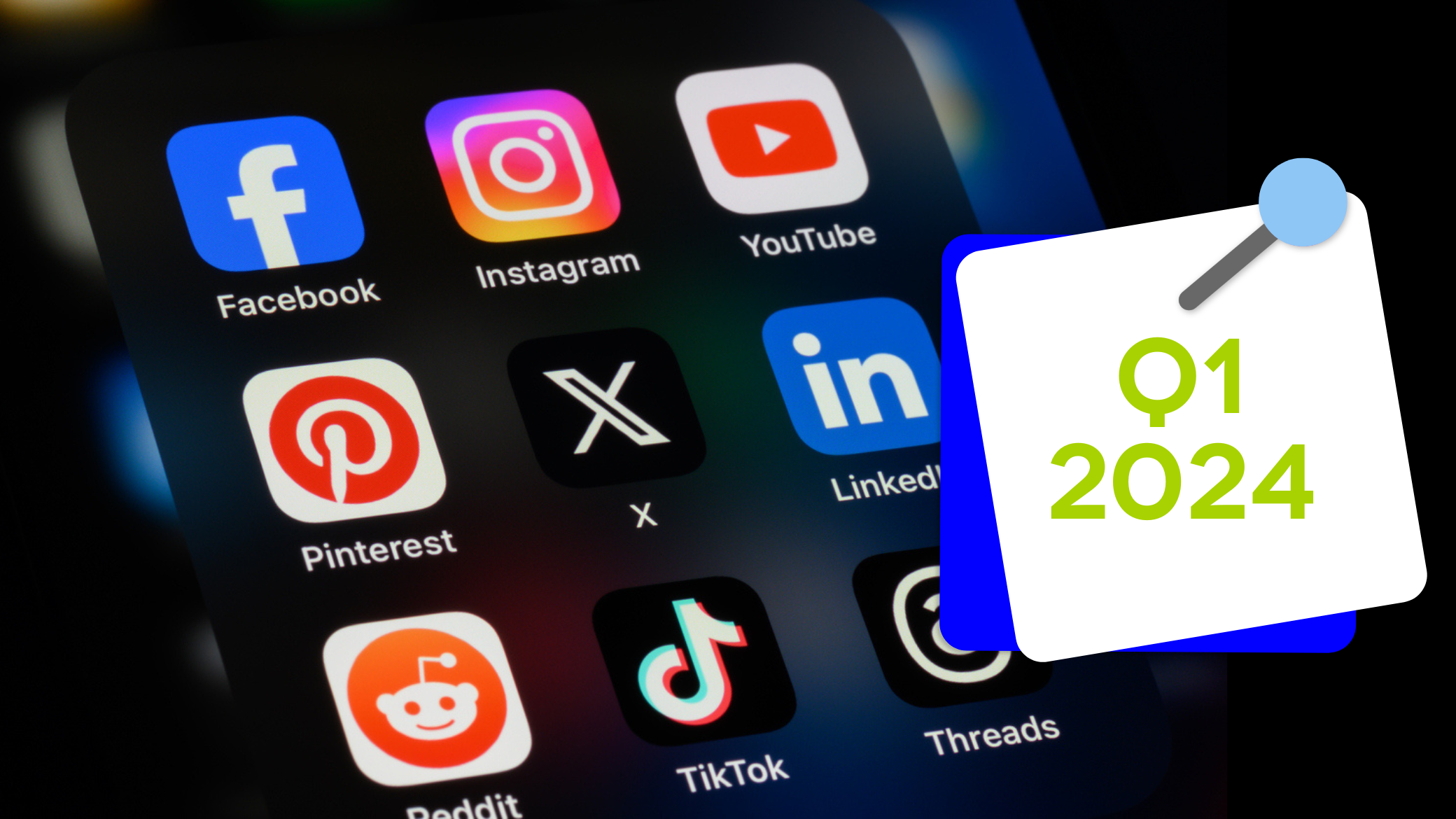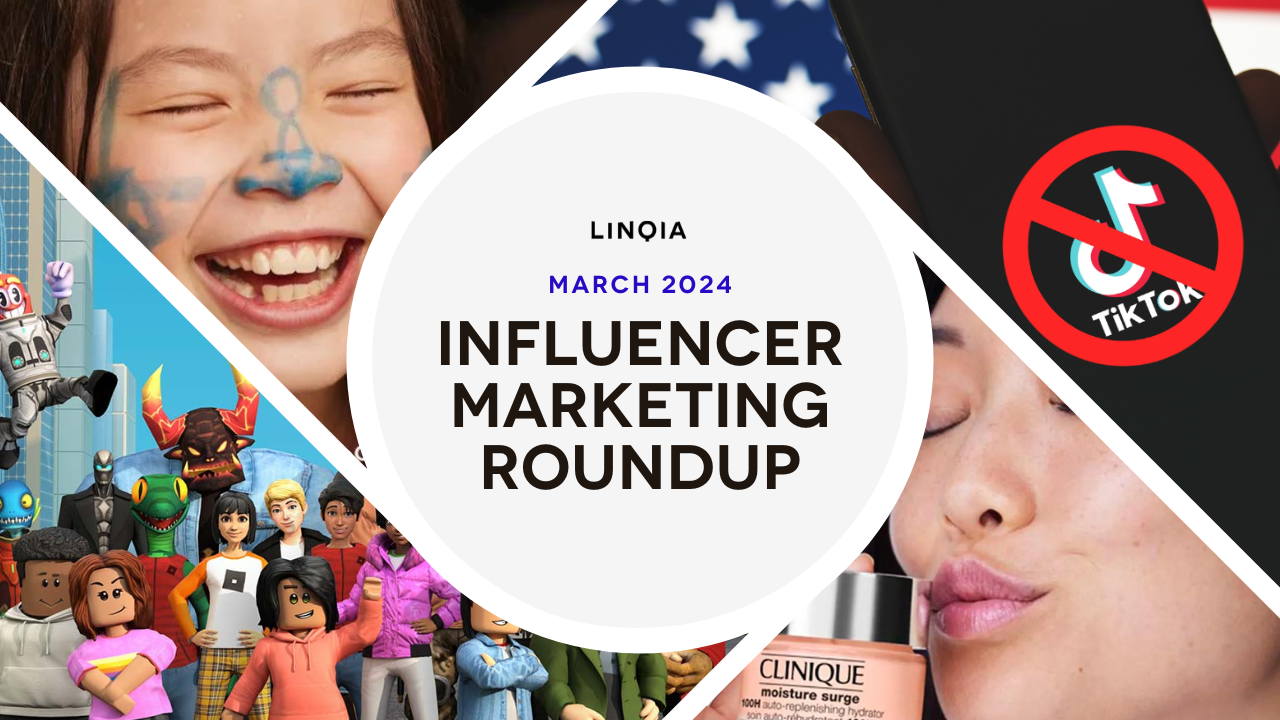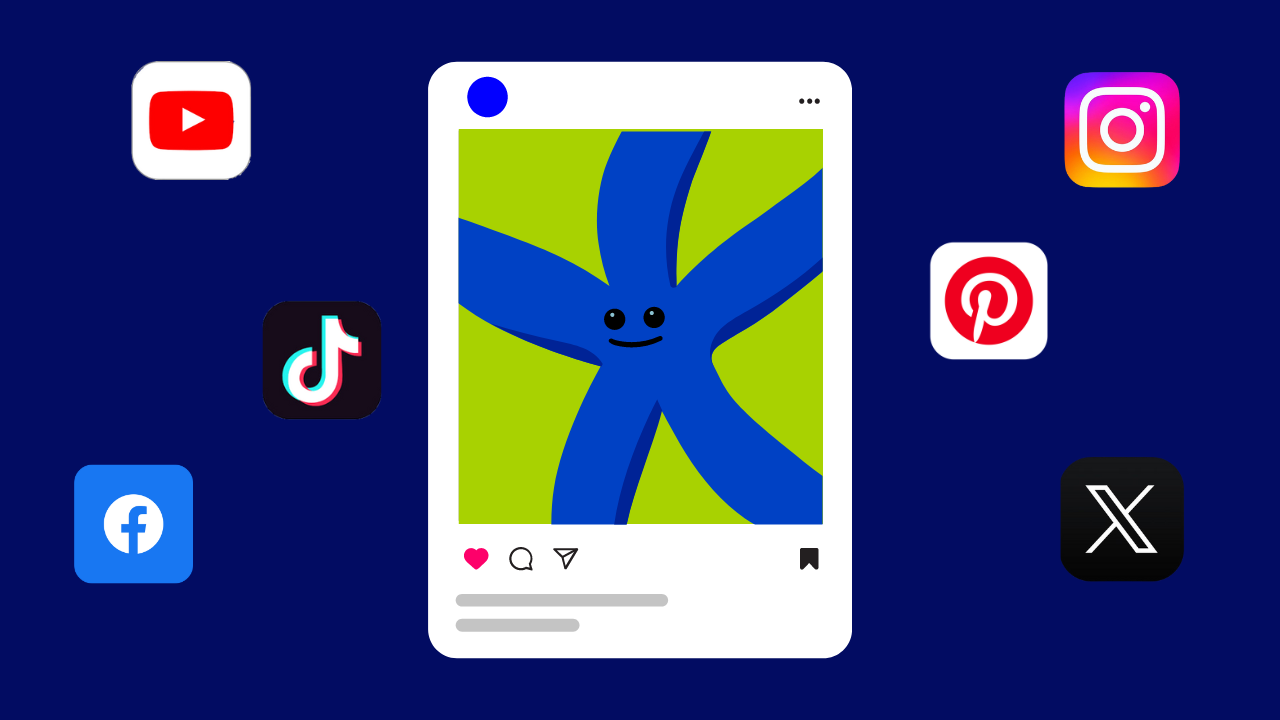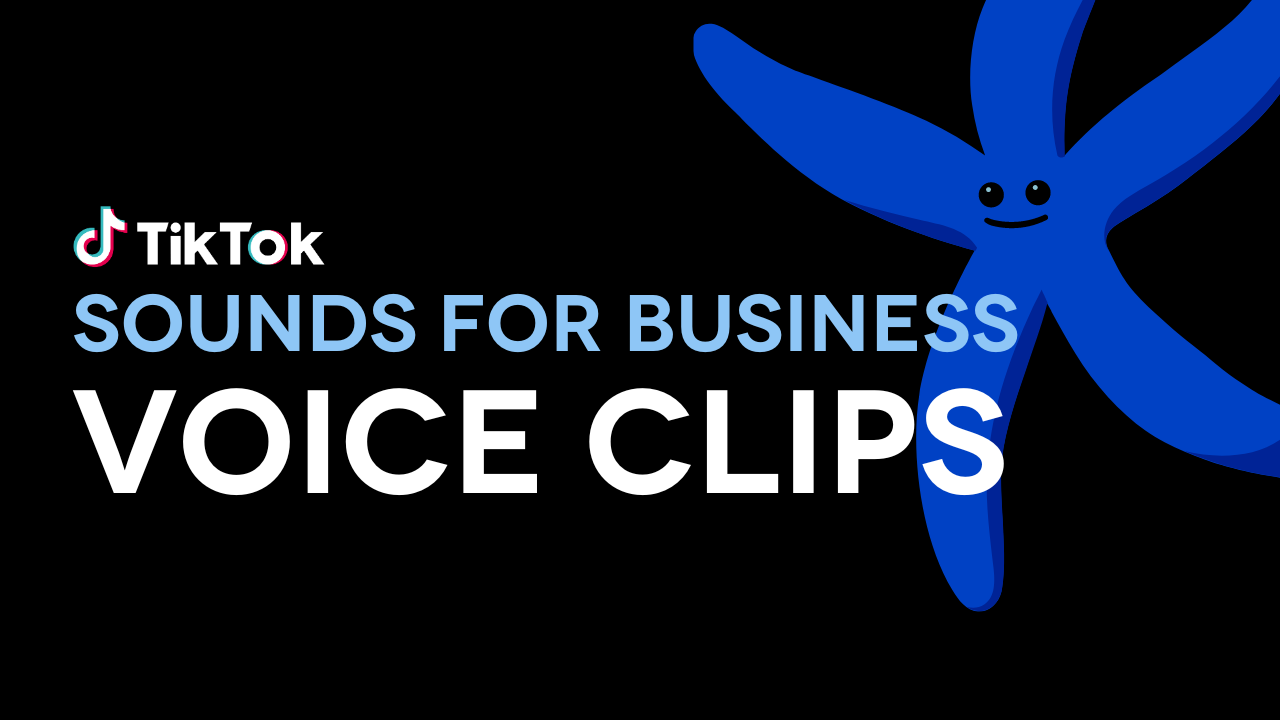Ad blocking adoption in the U.S. is growing at a rate of nearly 50% year over year, equating to $21.6 billion in lost ad revenue in 2015. 84% of Millennials admit that they do not like advertising and fewer than 3% trust TV news and magazines. The sentiment is clear – people don’t like, or trust, ads.
However, people do like seeing things created by others who are just like them. Social campaigns that incorporate user-generated content (UGC) see a 50% lift in engagement and UGC increases conversions by 10% when included in the online purchase path. The truth is, people are more likely to trust content from their peers than ads or branded content. In fact, 90% of Millennials value the opinions of their friends, parents, and online experts over traditional media and advertising, with 33% relying mostly on blogs before they make a purchase.
As a result, many brands (nearly 60%) have turned to influencer marketing for content creation, as these programs help develop user-generated content on a larger scale. Influencer marketing programs are powerful because the programs deliver significantly more value than display ads campaigns and can even make social advertising more effective. Additionally, all influencer content is unique, providing brands with a valuable repository of nuanced content about their brand that can be used and distributed by various teams across the company.
So what’s the best way to build an influencer marketing program that’s primed to return the best quality content for effective repurposing? Here are 5 strategies to keep in mind.
- Support cross-channel promotion. Influencers are content creators. Beyond their blogs and websites, they are capable of creating top quality content – personal stories, photos, videos, recipes, etc. – and distributing it across multiple platforms. Building a program that supports cross-channel promotion empowers the influencers to mix up the type of content they create, as they’re well aware that certain types of content perform better on specific platforms.
- Provide guidelines, not shackles. Influencer marketing is most effective when sponsored content is produced in the same unique style that made the influencer successful in the first place. While it’s necessary to give the influencers some guidelines around messaging or what you’d like to see them include, it’s imperative to realize the benefits of loosening the reigns when it comes to influencer-generated content. If a brand is too “hands-on,” it is easy for the content to lose its authentic tone and feel, making it just as ineffective as traditional advertising.
- Get your teams on board. One of the biggest missed opportunities when it comes to repurposing influencer content is the inability to get other teams involved. Many large brands work with multiple agencies, creating departmental siloes. As a result, the team who owns the influencer marketing strategy often has no control or say over what content is used for the website, social channels, demand gen, or email communications. Put a strategy is in place that makes the influencer content accessible across various departments.
- Shoot for a lifetime, not one-time. Most influencer programs deliver hundreds, even thousands, of pieces of unique content including blog stories, photos, videos, recipes, and social posts. But what good is all of that content if it is so specific that it can only be used once? Build a program whose messages and content can be upcycled throughout the year or during the next season (if it’s a holiday or seasonal program).
- Give credit where credit is due. Influencers take pride in their work and one of the biggest compliments a brand can give is featuring an influencer’s content on the brand’s website, social channels, or marketing communications. Be upfront about your intentions and let the influencers know that the best-produced content may see a wider audience. But don’t forget to give the influencers credit for their work, either by text attribution or linking to their site/post.
Influencer-generated content is powerful because it’s authentic, which builds trust between the influencer and audience and naturally results in increased engagement. Once you’ve identified the best performing content in the program, you can repurpose it across your various marketing efforts or even use paid media to target relevant, lookalike audience for even greater reach and results.
